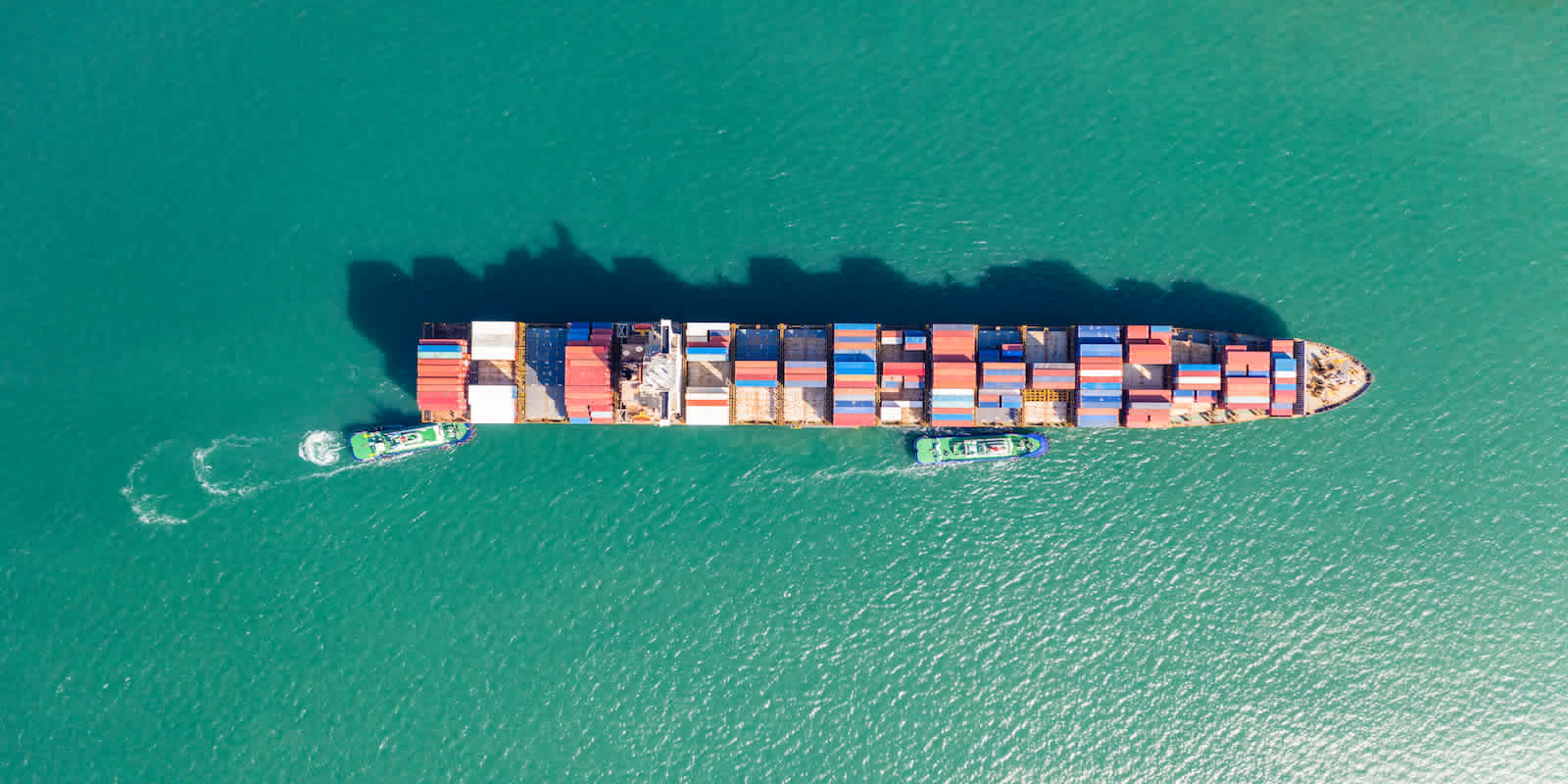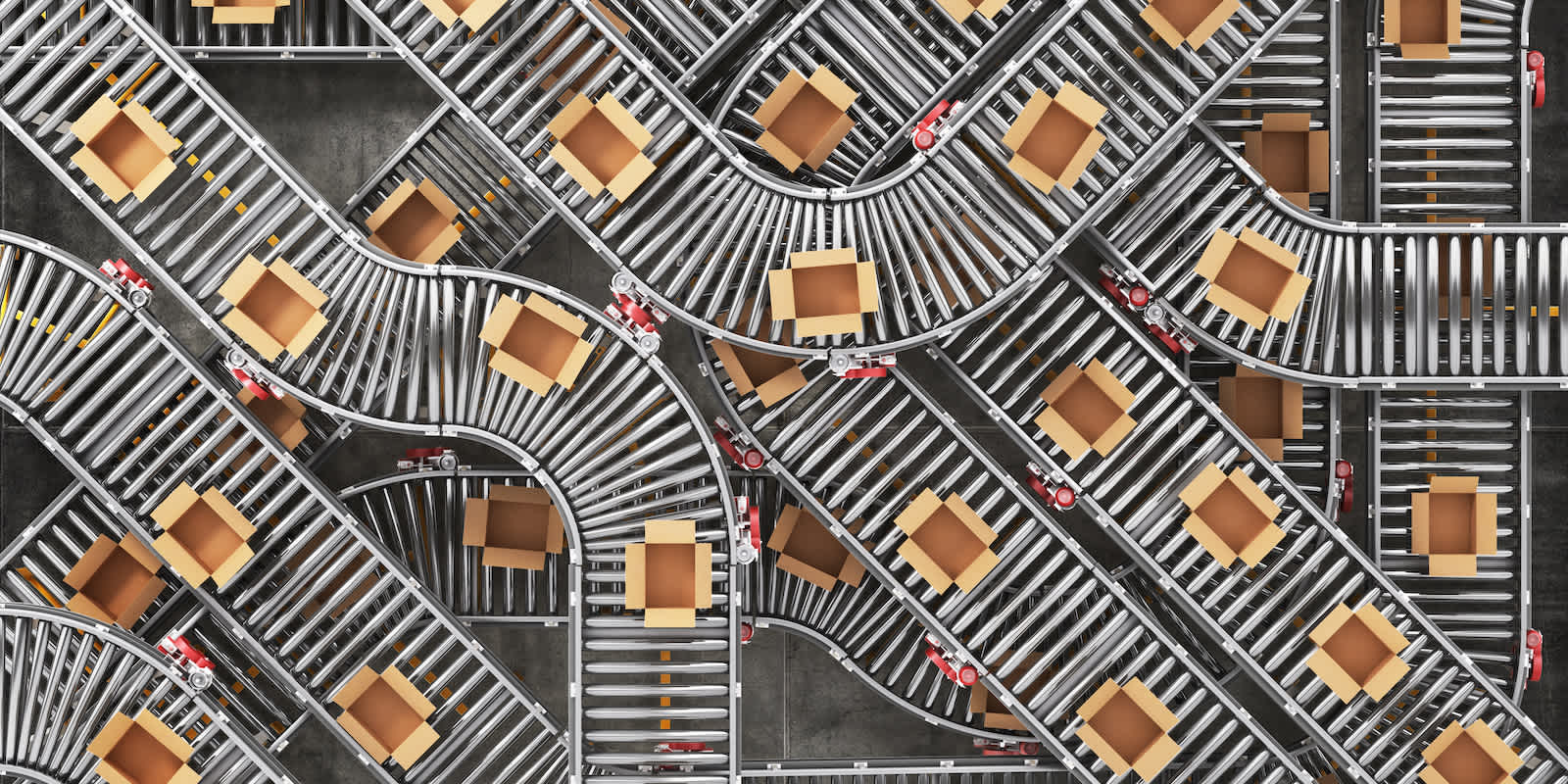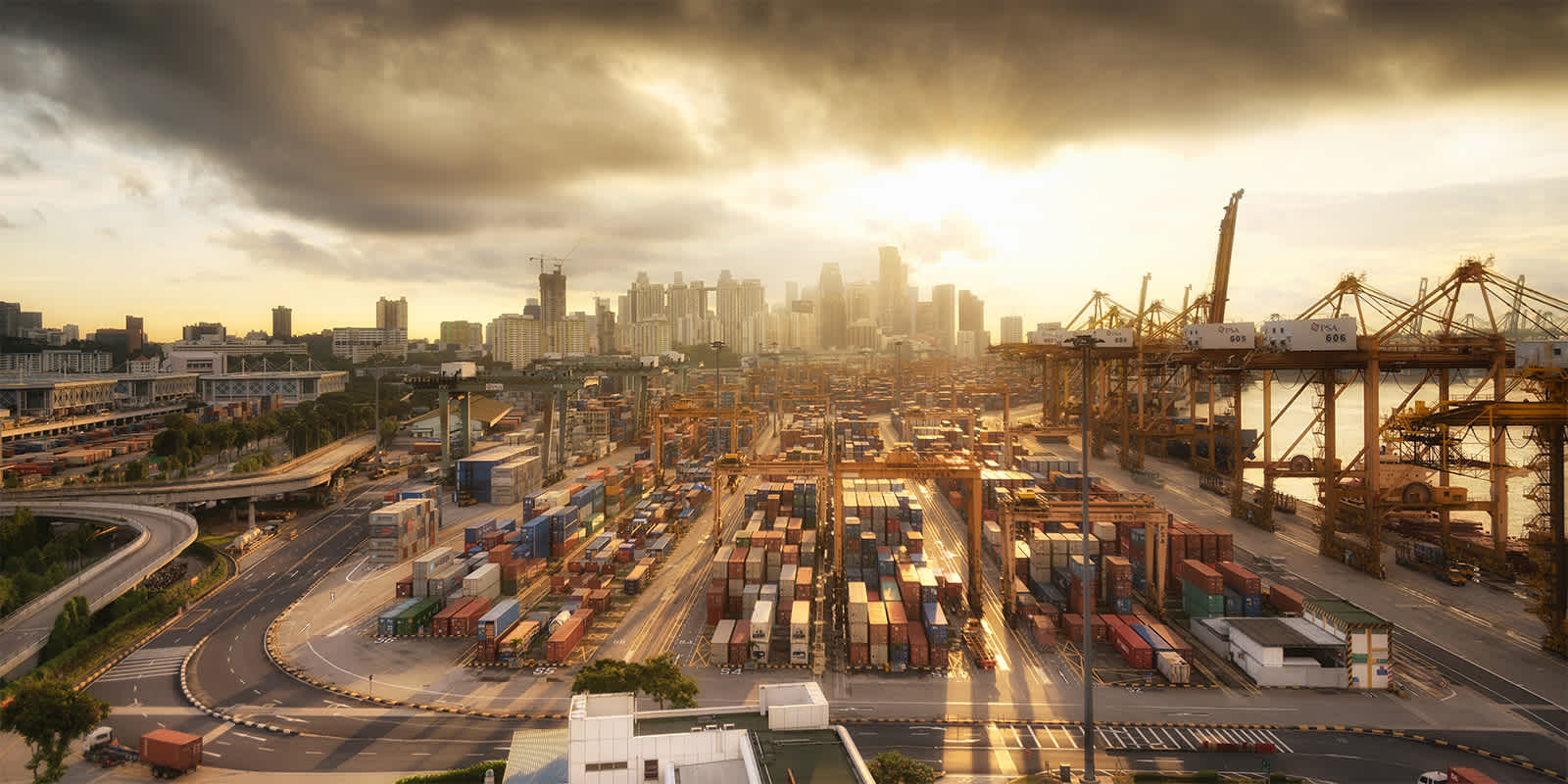
July 13, 2022
Keeping Up With Modern Supply Chains - How Tom Gould & COAC Are Prepping U.S. Customs for the Future
The speed of supply chain evolution demands companies adjust their systems and processes in step with change. Companies that fall behind fail to reap the rewards of global trade.
For U.S. Customs, agility happens differently. The agency’s main goal is to maximize compliance with laws and regulations. For Customs to align with other trade structures, like how purchase orders are organized into shipments or how deep supply chain traceability can really go, the laws and regulations need to reflect the modern reality of these matters.
That’s the purpose of the Commercial Customs Operations Advisory Committee (COAC). As co-chair of the committee’s "Next Generation Facilitation Subcommittee," my focus is helping Customs discover the future of its systems and processes.
Essentially, U.S. Customs is moving towards a more data-centric model. With the right systems in place, it can apply the data more appropriately to further its objectives.
The growing reliance on data across supply chains has the potential to elevate the entire industry. At Flexport, we utilize Customs data to help clients surface product development opportunities, deploy tariff engineering strategies, or claim duty drawback with shipment data already in the Flexport Platform. Brokers can become trusted advisors instead of clerks.
On the Customs side, COAC is able to guide the agency by providing real-world examples of how data directs workflows, while making recommendations for significant change management strategies. These concepts have the power to shape Customs systems for decades to come, driving modernization in policy and in practice.
At its core, the work of COAC and the Next Generation Facilitation Subcommittee represents an effort to modernize an agency that was created by the First Congress in 1789. Customs’ operations were virtually unchanged for over 200 years, steadfast in the face of technological advancement and an ever-expanding global marketplace. Since the Trade Facilitation and Trade Enforcement Act of 2015, however, Customs has worked in earnest to pull itself into the 21st century. COAC plays an integral role in helping to tackle the myriad challenges facing CBP and the trade community in the modern era.
The Role of Ecommerce in Supply Chain Evolution
The leader of all this supply chain evolution is mostly ecommerce. With the onset of the Covid-19 pandemic, the U.S. experienced a sharp spike in consumer demand for goods, which has only just begun to subside as social distancing measures fade and inflation looms. Even as demand lessens, the acceleration of ecommerce has a number of remaining impacts—namely, bullwhip effects on the supply side and persistent logistics volatility.
Customs realizes that these market factors drive broad, substantial change. Ecommerce shipping needs vary from traditional brick and mortar shipping needs. Consumers expect immediate gratification, so companies are challenged to set up warehouses in strategic locations, sometimes just over US borders to minimize duty obligations. In practice, this has resulted in the import of nearly one billion de minimis (low-value) shipments each year, posing new challenges to businesses and CBP as they seek to harness vast quantities of data.
The rise of platforms evolves alongside ecommerce demand, too. With centralized, structured data, companies can find efficiencies that guide operations.
The speed and ease of platforms benefits global trade as a whole, but it can lead to disconnects in Customs’ process. For instance, if a supplier could only fulfill a large order in portions at a time, they may not hold goods for later. They’ll ship what they have when they have it, which means you’ll pay duties multiple times with little predictability as to when. This can impact working capital and make administrative tasks more burdensome.
COAC is working to bridge the gap between these rapidly evolving market forces and CBP’s legacy systems and processes. As a part of that effort, the E-Commerce Task Force works to develop data solutions that benefit the trade community while supporting CBP efforts to assess e-commerce risk. The ongoing Section 321 Data Pilot and Entry Type 86 test, launched in response to the rapid increase in small package shipments, demonstrates the success of this partnership. The test program expands CBP’s data processing capacity while allowing importers to secure automatic release of low-value shipments, saving businesses time and money.
Even as CBP works to modernize its processes and data management, some solutions will have to be legislated– and the 21st Century Customs Framework Task Force is focused on drafting statutes and proposing modernized solutions in partnership with CBP. When CBP proposes a change to existing customs legislation, we are the first to review their proposal. Our input is vital to ensuring the interests of the trade are represented in the text of the law. By leveraging input from the trade community, our recommendations serve to balance trade enforcement priorities with the realities of changing business needs.
Blockchain Technology Hold Great Promise
While ecommerce demands shift, other technologies match the impact of centralized platforms. Specifically, blockchain capabilities hold great promise for Customs’ ability to store and validate traceability data. The implications are massive and fit with new Customs initiatives around social and environmental objectives.
Blockchain technology has the potential to codify data like the levels of water usage to grow specific cotton, the total carbon footprint of each SKU, or workforce compliance at each stage of the supply chain. With this type of detail, Customs can align their work towards easier, more accurate enforceability that catches the shipments they need to catch while letting compliant shipments maintain speed and avoid the costs of delay.
On the Next Generation Facilitation Subcommittee, we are working closely with CBP to drive the adoption of blockchain technologies. Since 2018, we have worked alongside CBP’s Business Transformation and Information Division to develop blockchain proofs of concept (POC), assessing the feasibility of potential blockchain applications. Completed assessments to date have shown successful applications ranging from FTA entry summary submission to Intellectual Property. The subcommittee will continue to offer input on current collaborative projects with the Silicon Valley Innovation Program and DHS Science and Technology. As a committee, we will publish our recommendations to CBP as they build out these and other emerging technologies.
How We're Building Recommendations
The COAC Next Generation Facilitation Subcommittee is focused on the future. Tasked with identifying opportunities to enhance trade processes and policies, the subcommittee currently consists of four working groups, each dedicated to addressing specific challenges facing CBP and the trade community. Our objectives are major in scope, but, as with any good group designing new processes, we have our own process, too.
The group is diverse, representing regional or modal interests, various company types, and high-level service positions. Insights are substantiated and foster healthy discussion around what the future may entail. Each working group meets on a regular basis to review existing and proposed processes, procedures, laws and policies. The working group will then submit its proposed recommendations, first to the subcommittee and then to the full COAC for consideration. Recommendations are voted on privately, and approved recommendations are then presented to CBP in a quarterly public meeting.
Our work is intensely collaborative, and I am enormously fortunate to do this work alongside some of the most engaged and knowledgeable professionals in the industry. Their unfailing commitment and invaluable expertise is demonstrated by my fellow members is demonstrated by my co-leads on the the Next Generation Facilitation Subcommittee, Barry Baxter, the Senior Director of Trade Compliance at Walmart, and Jody Swetnik from Spectrum Brands.
This form of collaboration works well because it makes room for different mindsets and demands. By considering broad scopes of experience and greater amounts of detail, the Next Generation Facilitation Subcommittee can support Customs in the development of effective systems that work for everyone in global trade.
If you would like to share your own insights or thoughts about how U.S. Customs can evolve, you’re welcome to start a discussion with me on social media. Follow me on Twitter and LinkedIn and tag me in your posts so I can see them. I’ll respond to as many as I can.








